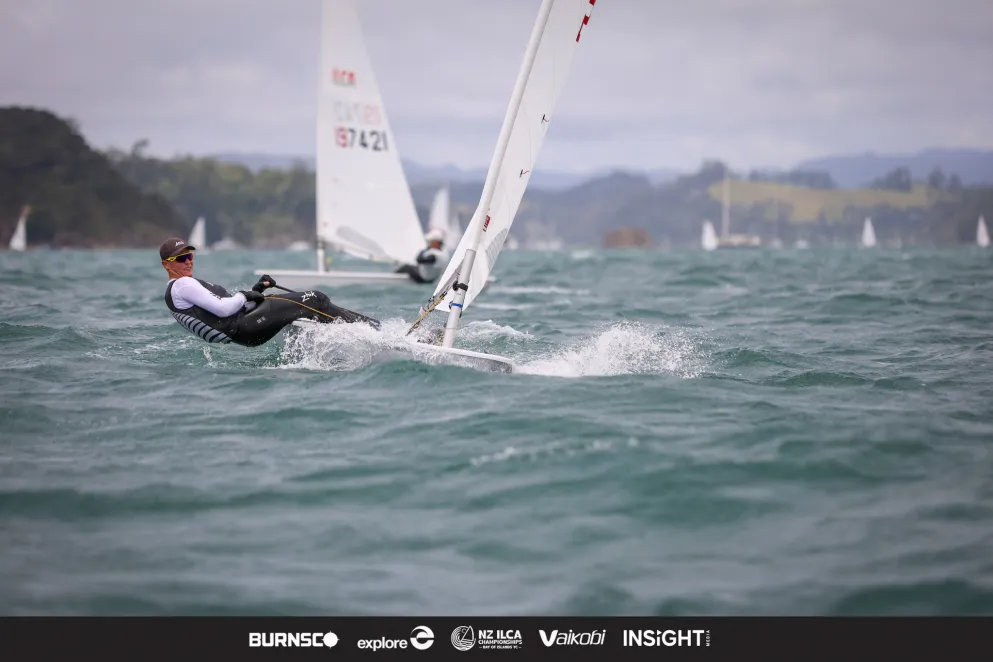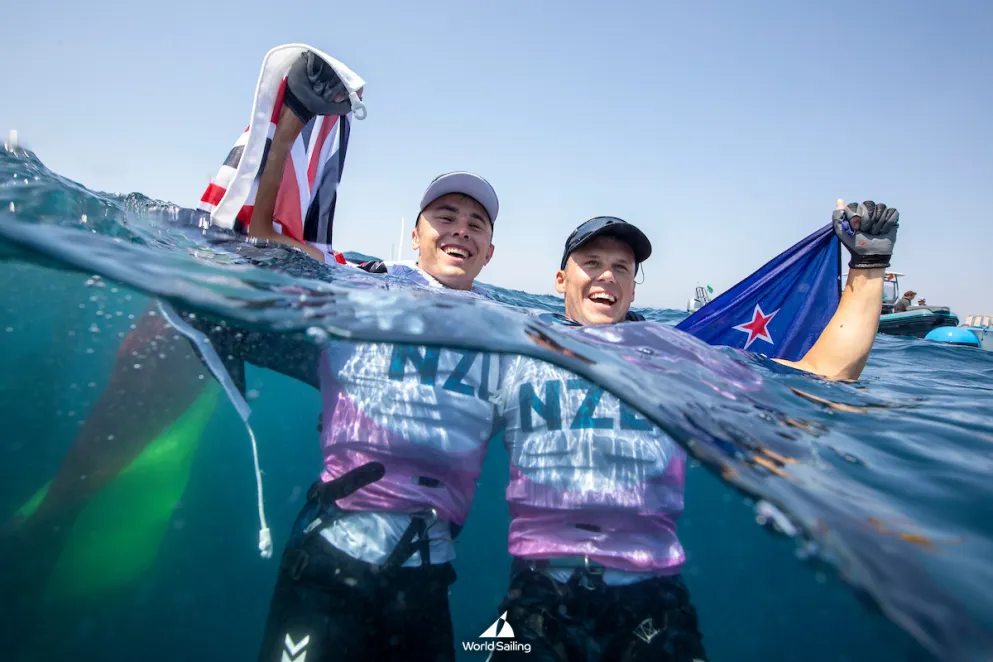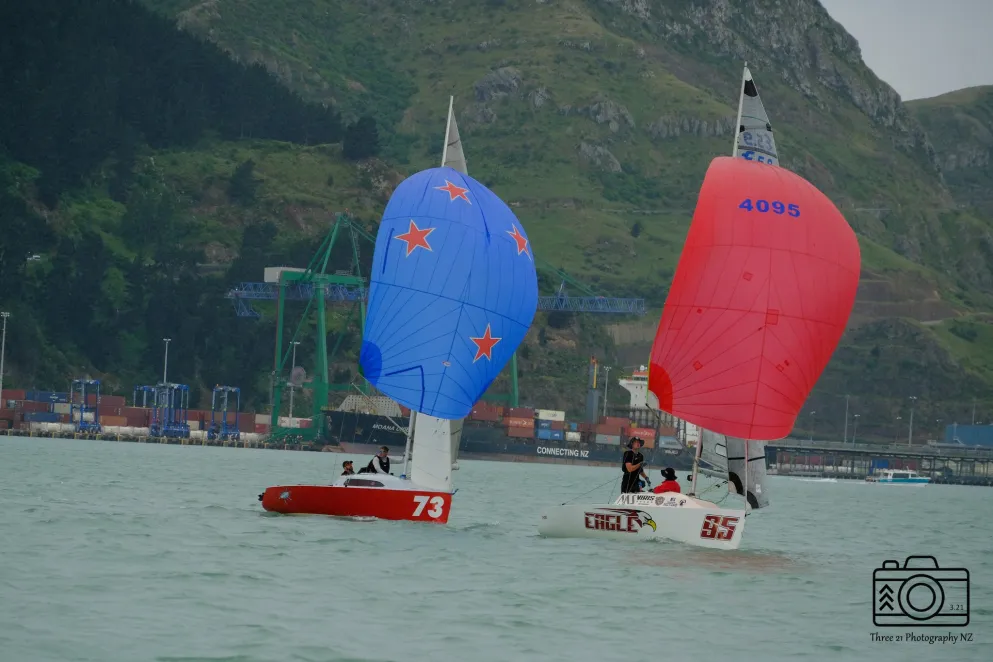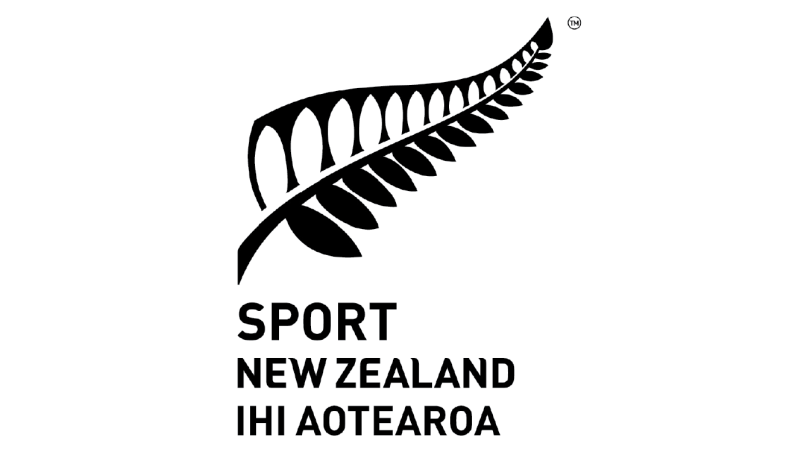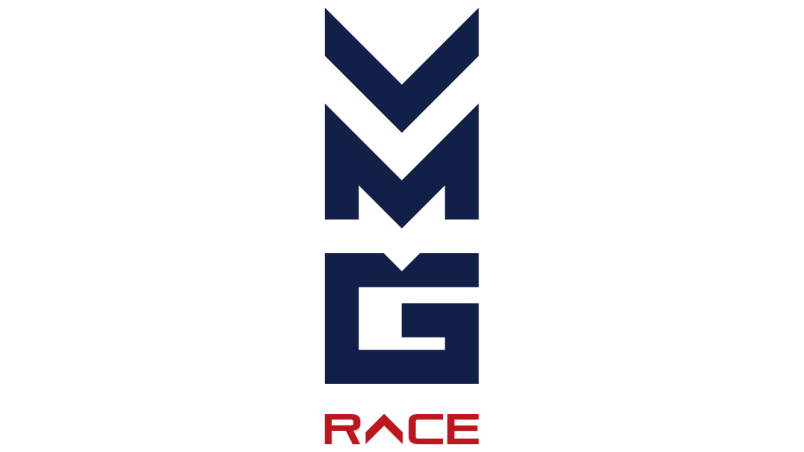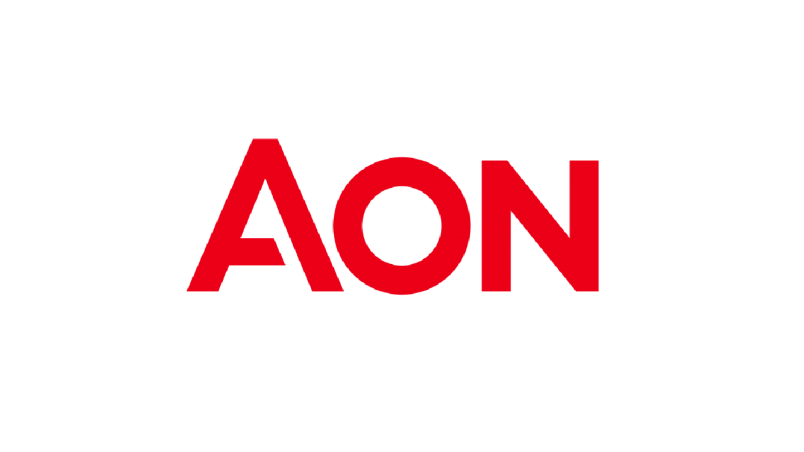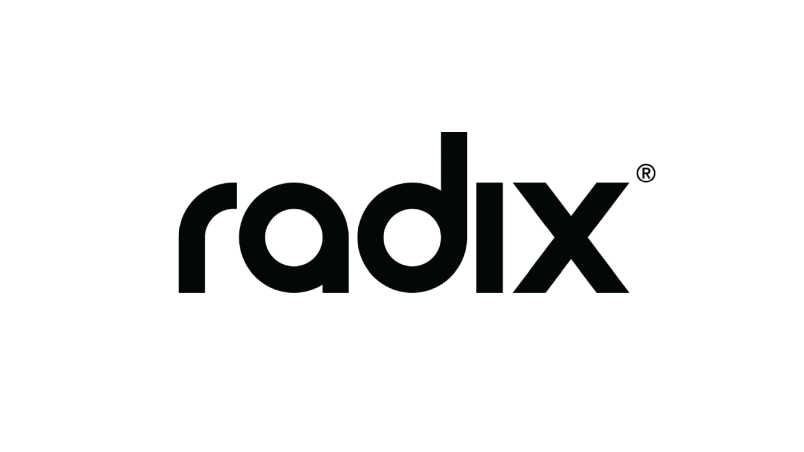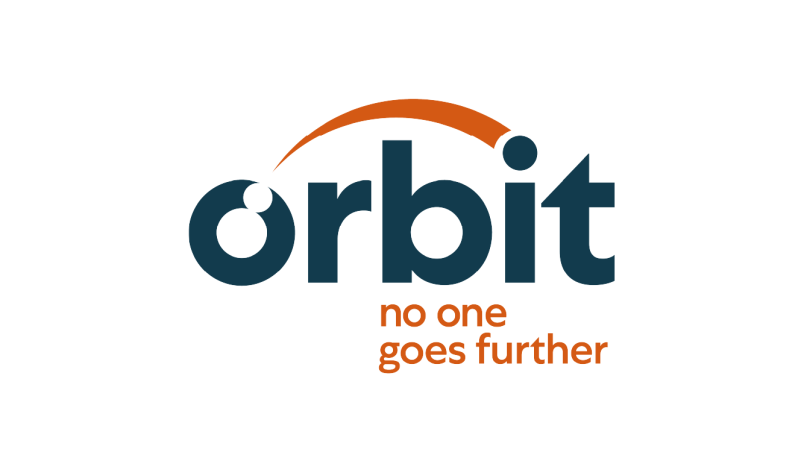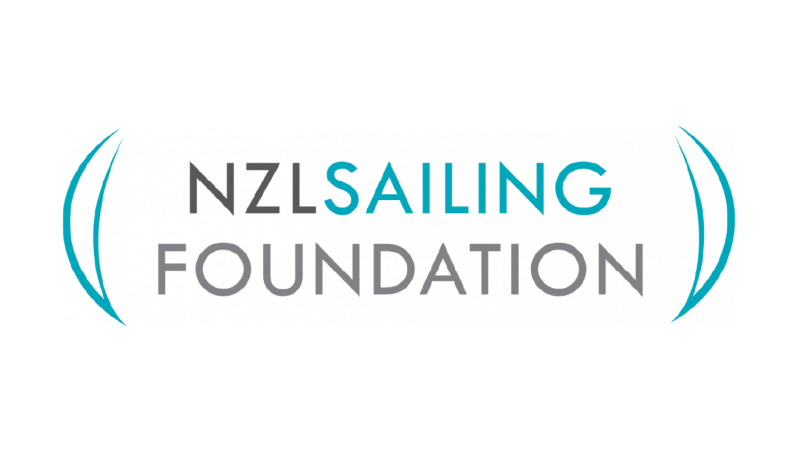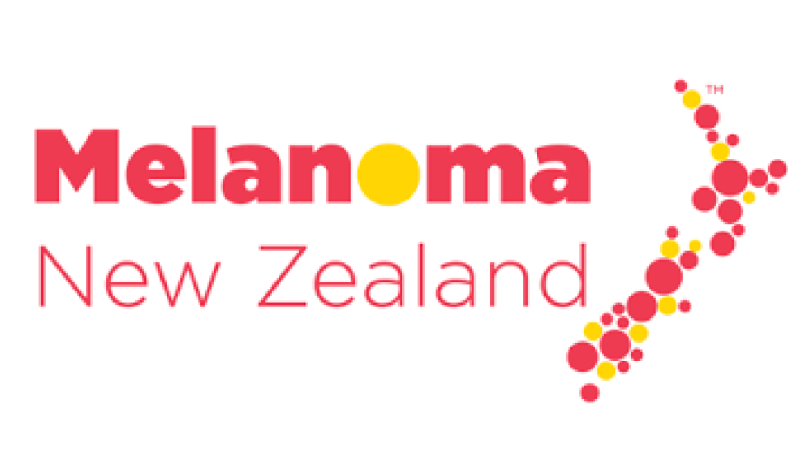Young Stars ready to shine on World Stage
Amid the controversy of the AC72 America’s Cup and the small turnout for the 2013 event, one of the elements that stands out as a distinctly positive development is the youth event in the AC45s.
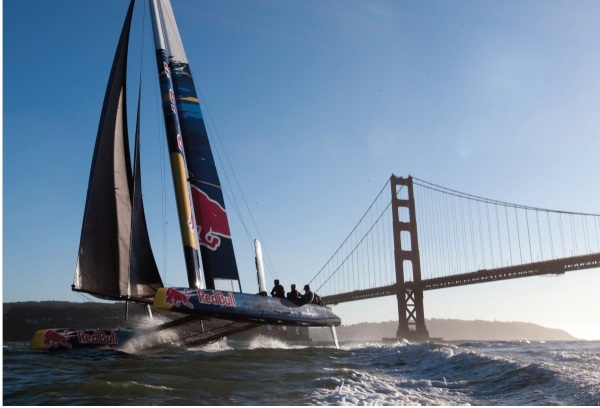
With its clear nationality rules and the obvious appeal of opportunities for young sailors, this Red Bull-backed event provides a simple format with plenty of fleet-racing action close to the foreshore. It should prove a popular spectator drawcard in between the Louis Vuitton Cup Challenger series and the America’s Cup itself.
New Zealand has two entries: one featuring Olympic 49er silver medallists Peter Burling and Blair Tuke and the other Will Tiller and his Full Metal Jacket racing crew.
Both are backed by the Royal New Zealand Yacht Squadron. Burling’s team gained automatic entry by virtue of its association with EmirateTeam New Zealand, while Tiller and his crew had to compete in the selection trials in San Francisco, where they finished in joint first place with the German team.
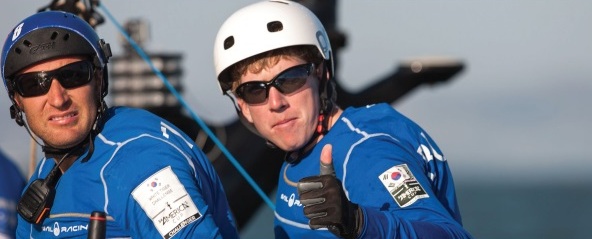
Both teams are heavily weighted with members of the Squadron’s Lion Foundation Youth Training Programme. Burling is going with a line-up of seven, so that they will have one crew person in reserve in the case of injury: Burling, Tuke, Andy Maloney, Jono Spurdle, Jason Saunders, Guy Endean and Sam Meech.
Will Tiller’s line-up comprises Harry Thurston, Matt Steven, Shaun Mason, Stu Dodson and Ash Hammond. Their regular bowman, Brad Farrand, will be just outside the age limit, so will graduate to the helm of the team’s GAC Pindar catamaran for Extreme 40 racing over the Youth America’s Cup period.
Burling has some advantage over his rivals in that he was invited to helm the Team Korea entry in the second AC45 World Series event in San Francisco last year – and, with Tuke also in the line-up, put in a very creditable performance against the top guns.
They notched up one second place finish and were in with a chance in the final race. “We were on the pace,” says Burling. “It was good to see what you can do with these boats with a really good crew. It helps to know that we have been there before and made it work and that helps us in passing on tips to the other guys about things we can do to improve.”
On top of that, Burling’s crew had two and half days out with the Emirates Team New Zealand AC45s. It was a valuable experience, but Burling says he and his group were very conscious that, although they are tagged with ETNZ, they did not want to get in the way of their Cup preparation.
“We did not want to be a distraction,” he says. “The best thing for us and everybody else is if they can bring back the Cup and we didn’t want to do anything to compromise that.”
In fact, Burling says the ETNZ connection has been slightly misleading in the sense that it creates a perception that they are funded by the Cup team. That is not the case and they are having to raise money themselves, although they havebeen assisted by Yachting New Zealand.
Burling says time on the water will be limited in the lead-up to the main event. “We did a couple of Extreme 40 events, but the boats are really quite different from the AC45s, so it wasn’t all that helpful.
“The fundamentals are similar, I guess, but from a racing point of view the AC45s are actually more similar to 49ers. They seem to respond to the same things as 49ers, although tacks in the AC45s are more costly. The laylines are quite hard and that will only come with more time on the water.”
Meanwhile, the team is concentrating on fitness training. “Our goal is to get to the event as fit and strong as we can be,” says Burling. “We are spending a lot of time in the gym together, which will help in getting to know each other, because we have not had a lot of time racing together.
“Guy Endean is on the shore crew for Emirates Team New Zealand, so he is already in San Francisco, but he is following his own fitness programme.”
Burling is not too concerned at the lack of on-the-water preparation. The teams assemble in San Francisco in mid-August and will have about two weeks of training time. “We are happy with that,” he says. “If we had much more than that, it could become a bit counter-productive. If you can’t learn to sail these boats in that time, I am not sure how long you would need.”
In terms of opposition, Burling says all the teams have had good success in various classes and programmes. “We will get a better idea of who is going to be strong during the build-up period. Right now, it is anybody’s game and it would be stupid this far out to try to pick favourites.”
Although the Youth America’s Cup is clearly a major event for Burling and his team-mates, they are still getting on with other campaigns. Burling and Tuke have committed to another Olympic campaign and are back in the 49er. Tuke has been doing a number of keelboat events, including the Sydney-Hobart classic and the recent Auckland to Musket Cove race, while Burling also campaigns on the Moth circuit.
While the Burling team features mostly dinghy sailors, Will Tiller’s Full Metal Jacket crew have more keelboat experience, with their match race emphasis along with time this year on the Extreme 40 circuit.
He agrees with Burling that the Extreme 40s do not bear much resemblance to the AC45s, but says they do help in terms of developing teamwork and learning about the fundamentals of multihull racing. “We are getting more and more comfortable in that Extreme 40 environment,” he says.
“We are working much better on and off the water and we are paying more attention to boat preparation – taking a more professional approach all round. We are getting around the track more consistently. So far, we have had a lot of light air sailing, so we are looking forward to a bit more wind.
“The boats are pretty easy to sail in anything up to 15 knots. After that, it gets a bit wild. The more we can get conditions in the upper wind ranges, the better it will be for our preparation for San Francisco.”
Tiller says the selection regatta was a great experience. “It was cool to be involved. They ran a very well-structured event and the opportunity to sail the boats was fantastic. They have to be the coolest boats I have ever been on.
“The standard of competition was pretty high. At the end, there was only a five-point spread across the teams. We didn’t know most of the other guys, most of whom were Olympic sailors. We were quite consistent, and never placed worse than 2nd throughout the series.
“I think the strength of our team came from the match racing circuit and our keelboat racing. We are all familiar with winches and big loads. We also have quite a big crew with three guys over 90kg, while most of the other teams only had one. We have to get down to the racing weight limit for the event.
“Even with our keelboat experience, the biggest thing we had to learn was the loads involved, which are similar to a 70ft monohull.”
Like the Burling group, Tiller and his crew are spending a lot of time in the gym, working on strength and fitness.
He agrees it is too early to start picking favourites, although he acknowledges that Burling’s experience with Team Korea has to be an advantage.
With 10 teams from eight nations competing, New Zealand and the USA are the only two with double entries in what looks set to be a compelling regatta. With some outstanding young guns strutting their stuff on a world stage and, no doubt, putting their hands up as contenders for future Cup campaigns expect nothing less than a no-holds-barred slugfest.
